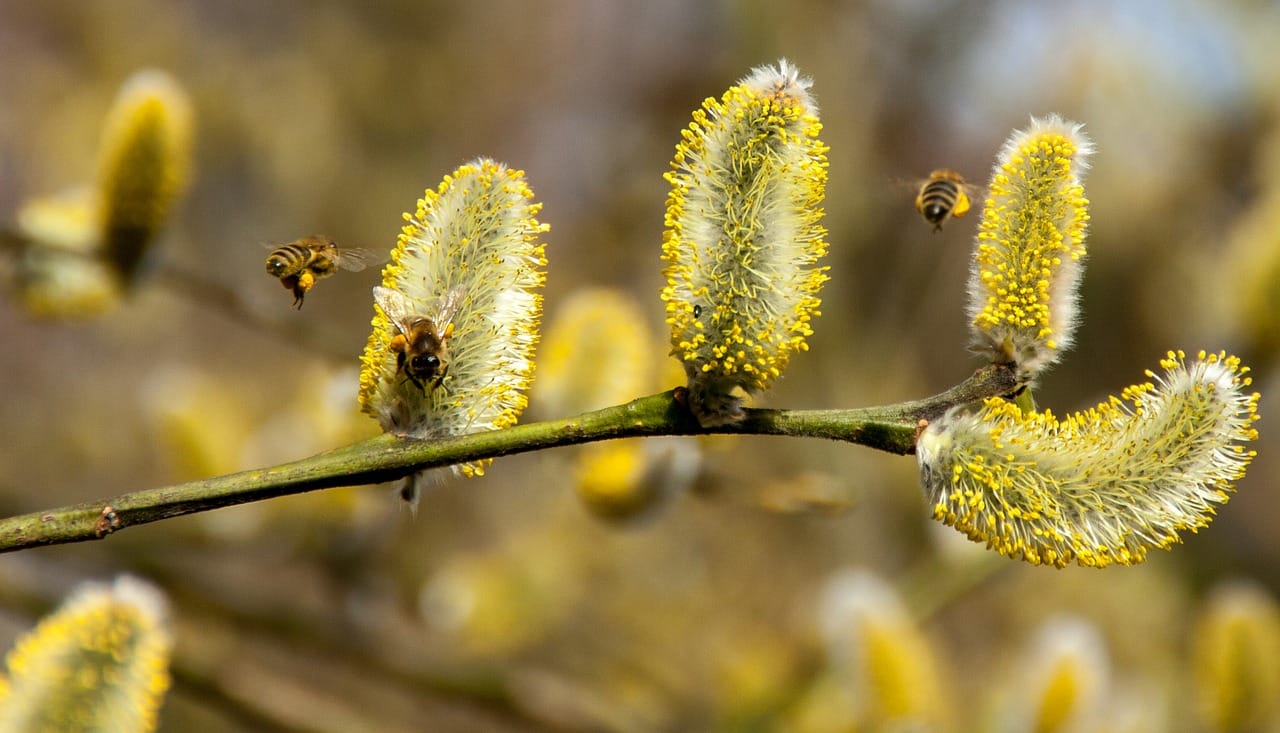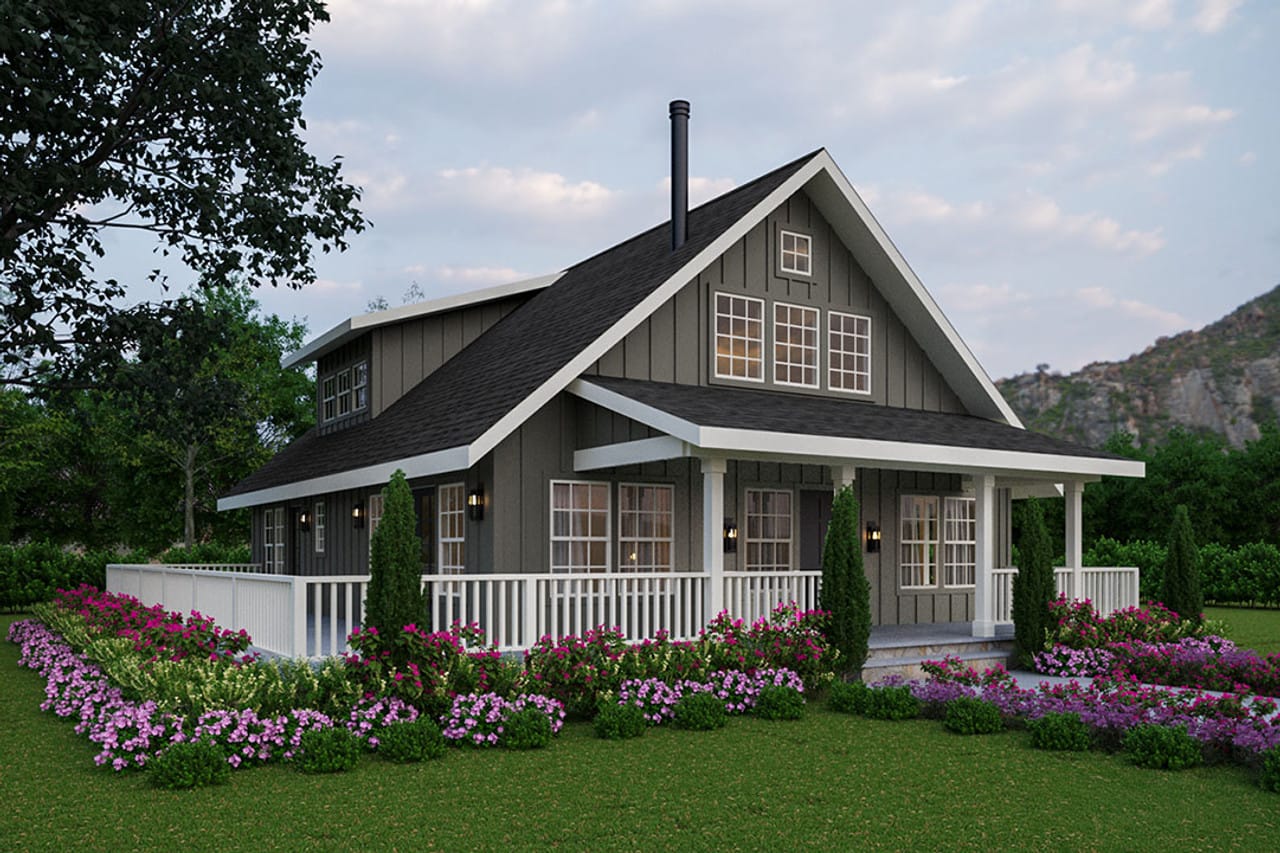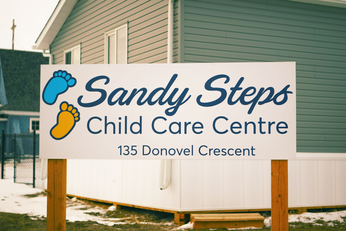
Pollinator Gardens – Part II
Last week, we introduced some of the basic guidelines for creating a pollinator garden in your outdoor space. Pollinators are vital to our food sources, and due to many factors, including loss of habitat, pollinator populations have experienced severe declines in recent years.
By Patricia Hanbidge
August 4, 2024
It is important to choose a spot for your pollinator garden that has some sunshine as during spring and fall, these sunny areas warm more quickly so that the pollinators can make the most of each and every day.
Once your soil is amended and ready to go it is time to plant. Native plants are essential to a successful pollinator garden. Go for a walk outside of urban areas and see what is growing. Early in spring it is the pussy willows and then yes, the dandelions that show colour on the prairies. Wild flax, sage, fireweed, roses, monarda, goldenrod, Queen Ann's Lace, and dogwood are just some of the native plants you could include in your pollinator garden. As far as other things to plant include any of the fruiting trees and shrubs, flowering herbs, any and all vegetables, lilacs, monarda, delphinium, fuschia, nicotiana, Joe Pye weed, columbine and some self seeders like calendula, cosmos, forget-me-nots and sunflowers. If self seeding annuals are of interest, watch for next weeks' column that will be devoted to them. Do not forget about the night pollinators, moths and bats and plant some luminous white flowers like evening scented stocks, nicotiana, and the scented mock orange shrub.
This post is for subscribers only
SubscribeAlready have an account? Log in


